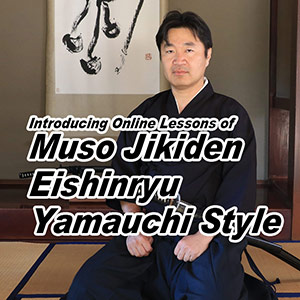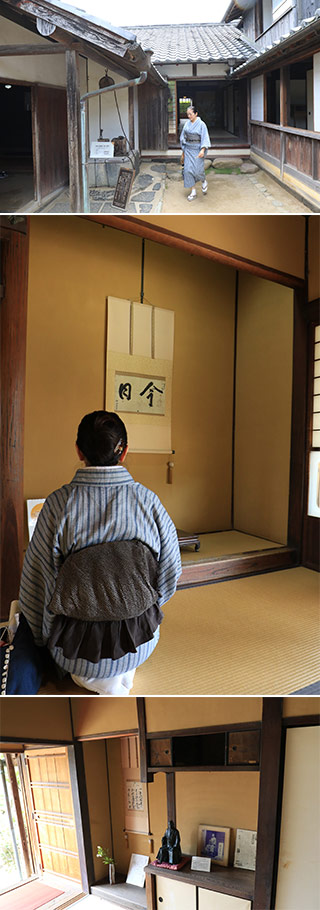Born in this house as Wada Korogo, Kido was adopted into the elite Kasura family at the age of seven. In 1849, he joined the Meirinkan, the domain school where Yoshida Shoin taught military science. Shoin promoted Western technologies and loyalty to the emperor, Kido moved to Edo in 1852, but he returned to Hagi in 1856 to support the construction of Choshu domain's first Western-style warship. He was well connected to the growing resistance to the Tokugawa shogunate and, following the Meiji Restoration in 1868, Kido played a major role in the creation of the new imperial state. In 1871, he joined the statesmen and scholars of the Iwakura Mission, whose purpose was to tour the West and gain recognition for the new Meiji state, renegotiate the unequal treaties that had been signed in the 1850s and 1860s, and study Western institutions.
Today, Kido's former home is open to the public and has on display photographs from his life and examples of his artwork and calligraphy. It is a Nationally Designated Historic Site.






